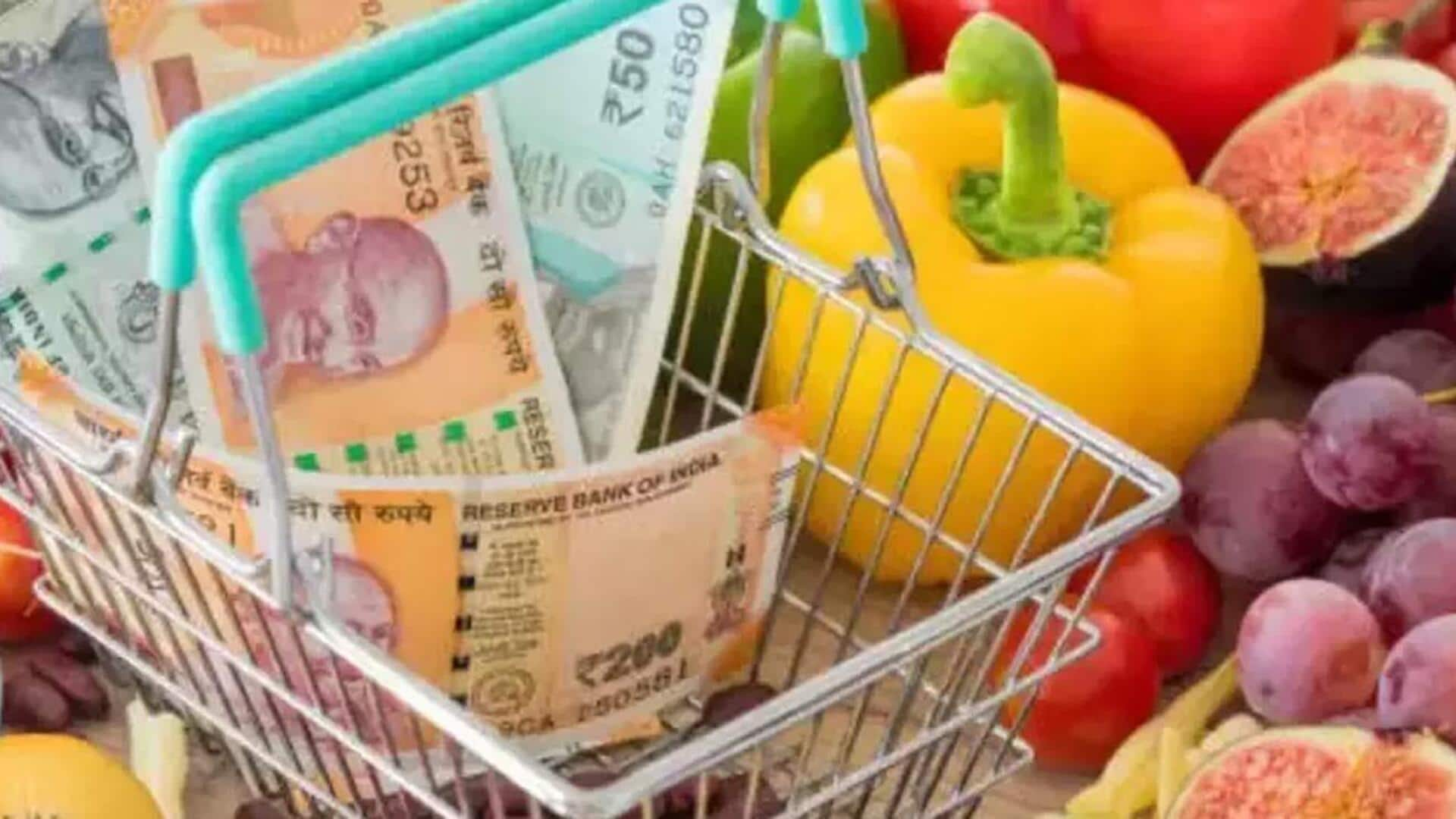
India's retail inflation expected to ease further in October
What's the story
India's retail inflation is likely to decline further in October 2025, a report by Union Bank of India has said. The drop is mainly due to a high base effect, delayed seasonality in food prices, and the full impact of recent GST reforms. The report predicts only a gradual increase in price pressures in the coming months.
Inflation forecast
Food inflation to fall sharply
The report from Union Bank of India said, "Our projection for Oct CPI is tracking below 0.50% as on date." It also noted that food inflation is likely to fall sharply in October and remain negative during the upcoming winter months. This prediction considers the muted impact of floods on food prices.
Adjustment
FY26 CPI forecast revised to 2.6%
The report also revised the Consumer Price Index (CPI) inflation forecast for FY26 down to 2.6% from an earlier estimate of 3.1%. It expects inflation to remain below target for most of the year, with a modest increase in Q4 due to base effects. This is largely attributed to a sharp decline in food prices and GST rate rationalization measures.
Price trends
Inflation rates across rural and urban areas
The CPI, which tracks changes in retail prices of goods and services, witnessed a significant drop from last month's reading. The Consumer Food Price Index (CFPI) stood at -2.28%, indicating that food prices have been negative since June 2025. This trend is reflected across rural and urban areas with inflation rates of 1.07% and 2.04%, respectively, for September.
Inflation reduction
Government credits decline in inflation to favorable base effects
The Indian government has credited the decline in inflation to "favorable base effects" and reductions in key food categories such as vegetables, oils and fats, fruits, cereals, pulses, eggs, and fuel & light. The data shows that food inflation was negative across both rural and urban segments at -2.17% and -2.47%, respectively. This reflects the impact of falling prices of essential commodities like vegetables and edible oils on overall inflation rates.